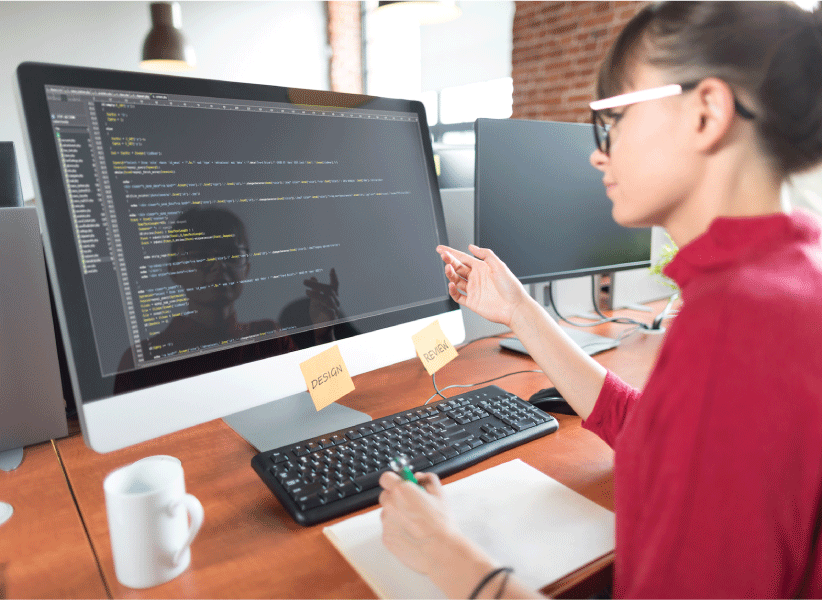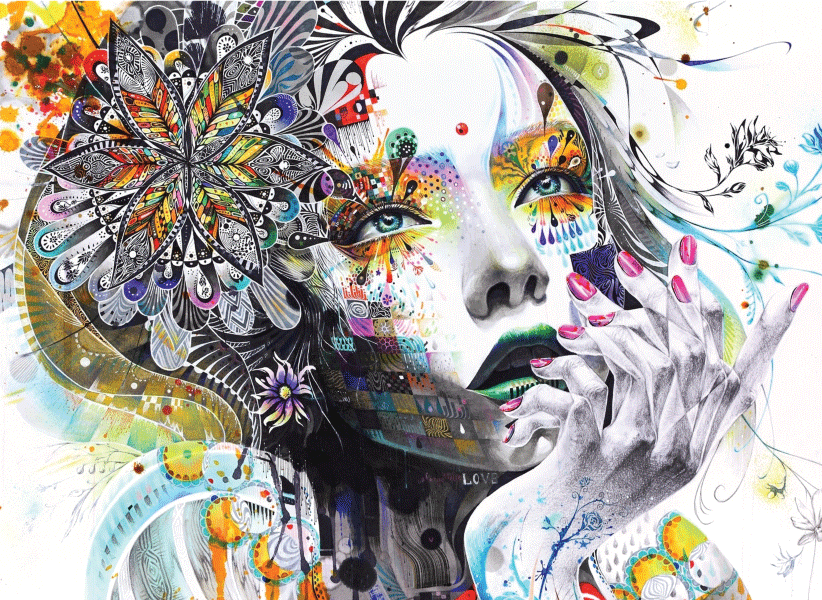Introduction
In recent years, the rapid advancement of technology has revolutionized various fields, and the world of art is no exception. Artificial Intelligence (AI) has emerged as a powerful tool in digital art, offering new possibilities and transforming the creative process. This beginner’s guide aims to shed light on the role of AI in digital art, exploring its applications, benefits, and potential challenges.
Understanding Artificial Intelligence in Digital Art Artificial Intelligence
Often abbreviated as AI, refers to developing computer systems that can perform tasks that typically require human intelligence. In the context of digital art, AI enables machines to analyze, create, and interact with artistic content. By leveraging algorithms and machine learning techniques, AI can mimic human artistic styles, generate unique artwork, and enhance the creative process.
AI-Powered Tools for Artists
Integrating AI into digital art has given rise to various tools that assist artists in their creative endeavours. One such tool is style transfer, which uses deep learning algorithms to apply the characteristics of one image to another. Artists can now effortlessly merge different artistic styles and create visually captivating compositions.
Generative Adversarial Networks (GANs)
Generative Adversarial Networks (GANs) and Art Generative Adversarial Networks (GANs) have gained significant attention in digital art. GANs consist of two neural networks, a generator and a discriminator, working together to create new, realistic images. Artists can employ GANs to generate original artwork, explore alternative possibilities, and push the boundaries of their creative expression.
AI as a Collaborative Partner for Artists Rather than replacing artists, AI is a collaborative partner, enhancing their creative process. Artists can utilize AI algorithms to assist in tasks such as generating initial sketches, refining colour palettes, or suggesting composition variations. This partnership allows artists to streamline their workflow and explore new artistic directions.
AI-Driven Art Curation and Recommendation Artificial Intelligence are transforming the creative process and how art is curated and recommended to audiences. AI algorithms can analyze vast amounts of data, including art history, user preferences, and market trends, to provide personalized recommendations. This enables art enthusiasts to discover new artists, styles, and artworks that align with their individual interests.
Ethical Considerations and Challenges While AI brings exciting opportunities for digital art, it also raises ethical considerations and challenges. One concern is the question of authorship and originality when AI generates artwork. Additionally, issues related to data privacy, bias in algorithms, and the potential impact on the job market for artists must be carefully addressed as AI continues to evolve in the art world.
Conclusion
Artificial Intelligence has become a transformative force in digital art, opening up new possibilities for artists and art enthusiasts. From AI-powered tools and GANs to collaborative partnerships and personalized curation, the integration of AI in digital art is revolutionizing the creative process and pushing the boundaries of artistic expression. However, it is crucial to navigate the ethical considerations and challenges that arise with AI, ensuring that the benefits of this technology are harnessed responsibly. As AI advances, it will undoubtedly reshape the landscape of digital art, inspiring new forms of creativity and captivating audiences worldwide.


